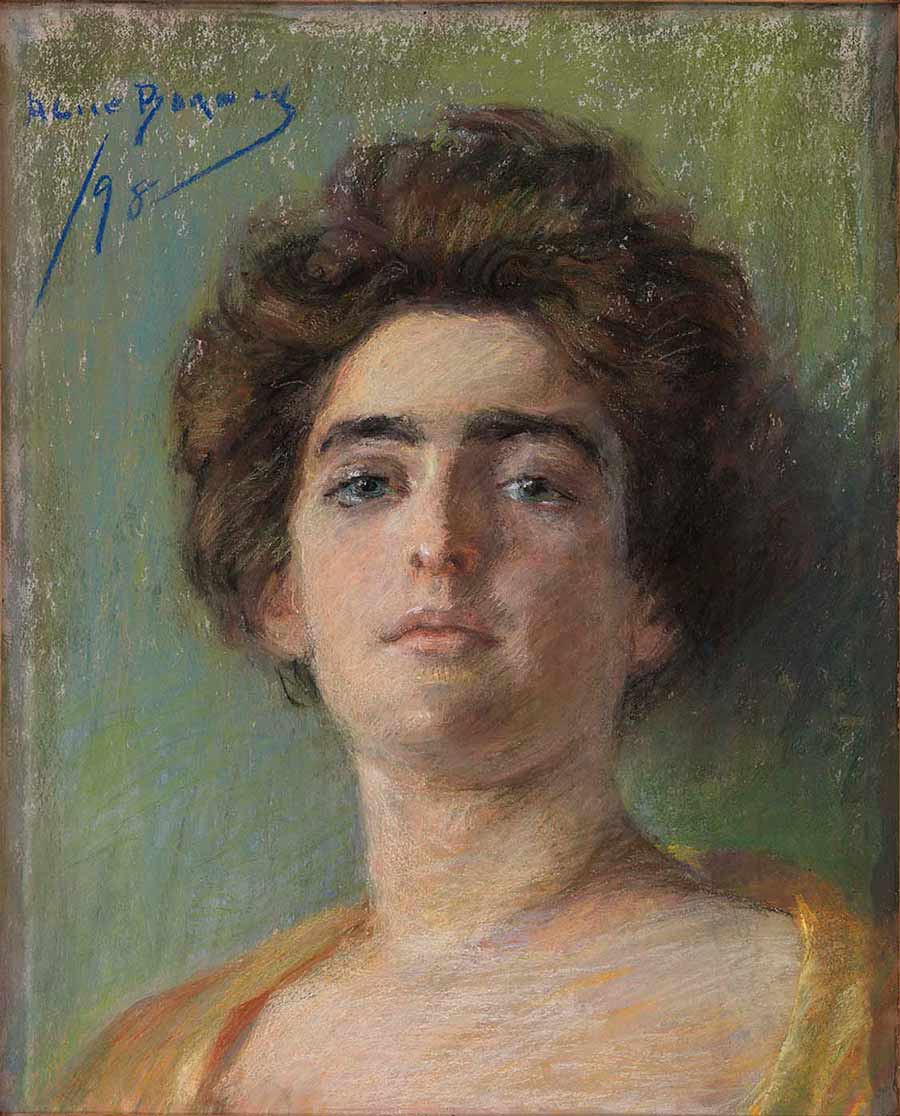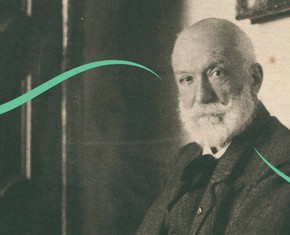The views expressed in our content reflect individual perspectives and do not represent the authoritative views of the Baha'i Faith.
When a new religion dawns on the world stage, it often inspires artists to try and translate its powerful spiritual energy to the actual stage.
The Baha’i Faith and its predecessor the Babi Faith inspired several theatrical dramas in the earliest days of their existence, starting with Isabella Grinevskaya’s Bab, which influenced the great Russian novelist and philosopher Leo Tolstoy to investigate and praise Baha’u’llah’s message. The second play inspired by the story of the Bab and his followers—called God’s Heroes—was written in 1909 by Laura Clifford Barney (1879-1974), and published in London the following year.
Already, the Baha’i teachings had begun to give writers and artists enormous inspiration:
That day will the Cause spread like wildfire when its spirit and teachings will be presented on the stage or in art and literature as a whole. Art can better awaken such noble sentiments than cold rationalizing especially among the mass of the people. – Shoghi Effendi, from a letter to Clara Weir, published in Baha’i News, May, 1933, p. 17.

Painting of Laura Clifford Barney by her mother Alice Park Barney.
The author of God’s Heroes was one of the earliest Western Baha’is, having learned of the Faith in 1900 from May Bolles in Paris. She was the daughter of Albert Clifford Barney (1850-1902), a successful manufacturer in the railroad business, and Alice Pike Barney (1857-1931), a successful painter. Laura’s mother became a Baha’i shortly after her. Her older sister, Natalie Clifford Barney (1876-1972) was a famous patroness of the arts, and as demonstrative of her lesbianism as her sister was of her dedication to the Baha’i Faith.
Laura Clifford Barney is best remembered by Baha’is for having asked many questions of Abdu’l-Baha during the two years she spent living in the Holy Land, from 1904-1906. These questions provoked answers which were written down in Persian—Laura quickly acquired fluency in conversational Persian while she lived there—and were checked and approved by Abdu’l-Baha, then immediately translated into English. The resulting volume, organized by subject by its compiler, was published under the title Some Answered Questions in London in 1908. It was shortly thereafter translated into French (with the assistance of the first French Baha’i and later Laura Clifford Barney’s husband, Hippolyte Dreyfus (1873-1928), and published as Les Lecons de Saint-Jean d’Acre in Paris in 1909.
In her preface to God’s Heroes, Barney expounded upon her theory of the theater, which is demonstrably in agreement with the statement cited earlier from a letter written on behalf of Shoghi Effendi:
From earliest times it has been the office of the theatre to present the forces and events which form the lives of men. It originated in antiquity at the foot of the altar of the Gods, whose will was there shown forth to mortals in sacred performances; also, in the middle ages fervent Christians acted the mystery plays in the very shadow of the Church … Some regard it merely as a temple of art; others believe that its highest expression is attained only when it contributes, also, to the moral development of society … The writers of plays should always be true psychologists: then if they treat of the faults of men and women they will do so boldly and show them as they really are, and the result will be good; for when the mirror of truth is held before the gaze, he is blind indeed who can turn away uninfluenced by the sight of a disorderly reflection. Masters of the dramatic art always have been genuine moralists. Who, on seeing Shakespeare’s plays, does not realize the evils of ambition, jealousy, and licentiousness; or, beholding the personages of Moliere, perceive the folly of frivolity, hypocrisy and pedantry? The theatre, like all other forces, may upbuild or shatter. It can be a mighty instrument for spreading ideas broadcast; and, for this reason, I believe that the wave of regeneration, which is sweeping over the world, should take form also on the stage; and am trying, therefore, in this play, to bring before the public some of the most inspiring events of our epoch. My scene is laid in the distant Orient, in a country full of archaic and barbaric customs the Persia of over half a century ago; but the aspirations of my heroes are of all ages and of all lands …
I have … presented to the public only a few episodes in the early Babi history, and only a few of the noted characters of that period: yet, even this imperfect sketch should suffice to give an idea of the vastness of the movement. I have thought it preferable not to have the Bab or Baha’u’llah appear on the scene, for certain beings cannot be adequately impersonated; their influence, nevertheless, will be felt throughout the play, and especially in the life of the splendid Qurratu’l-‘Ain [Tahirih], who stands forth in history as an example of what the disciple of truth can accomplish despite hampering custom, and violent persecution. – Laura Clifford Barney, God’s Heroes, pp. v-viii.
















Comments
Sign in or create an account
Continue with Googleor